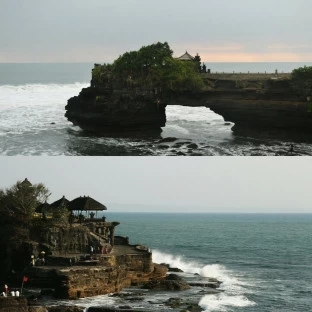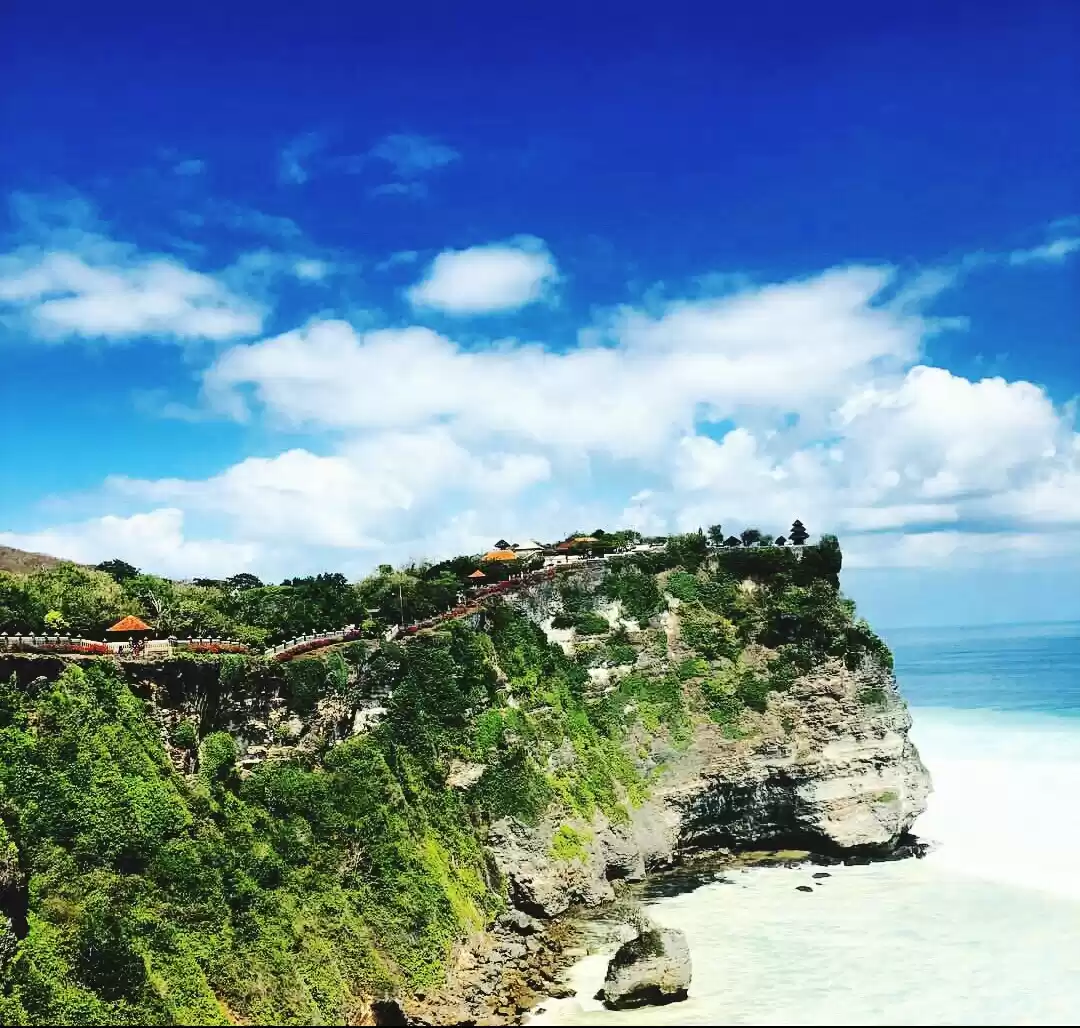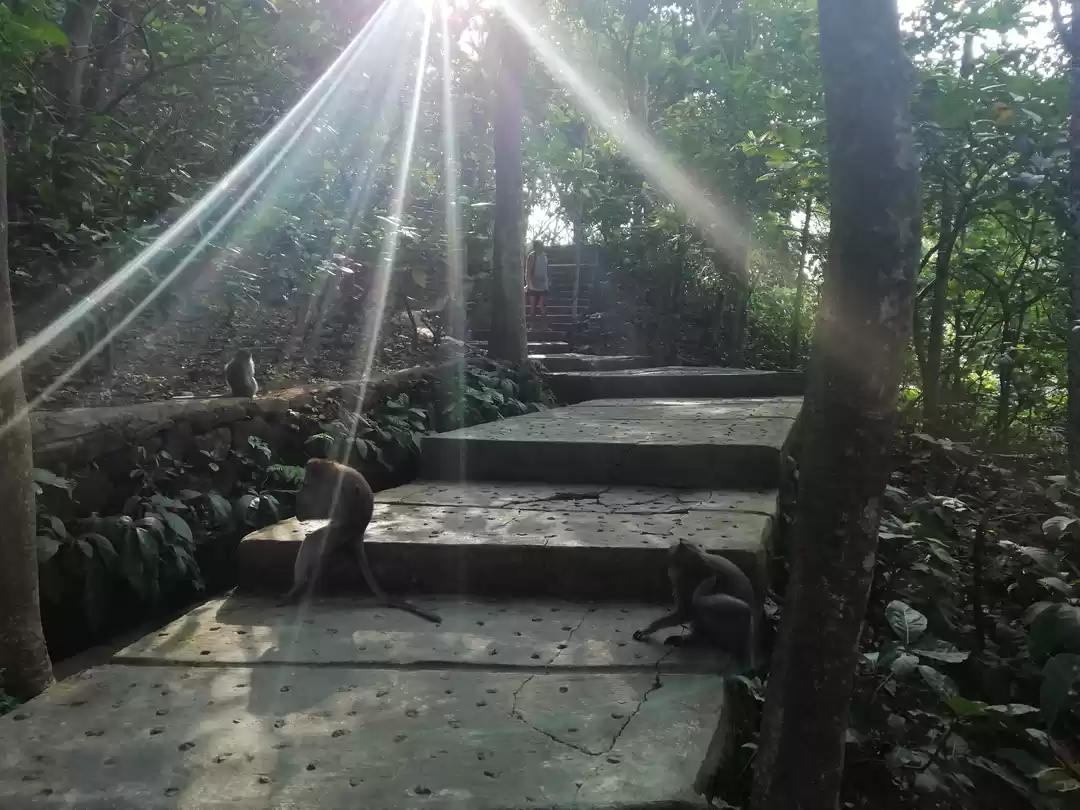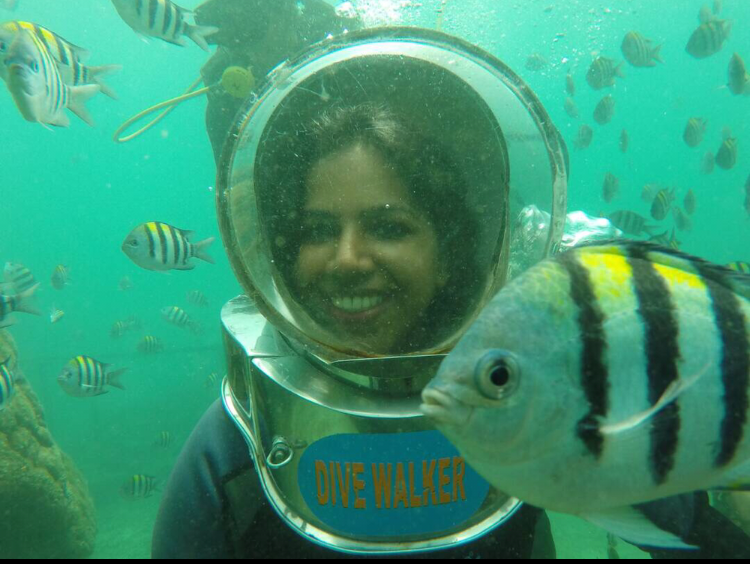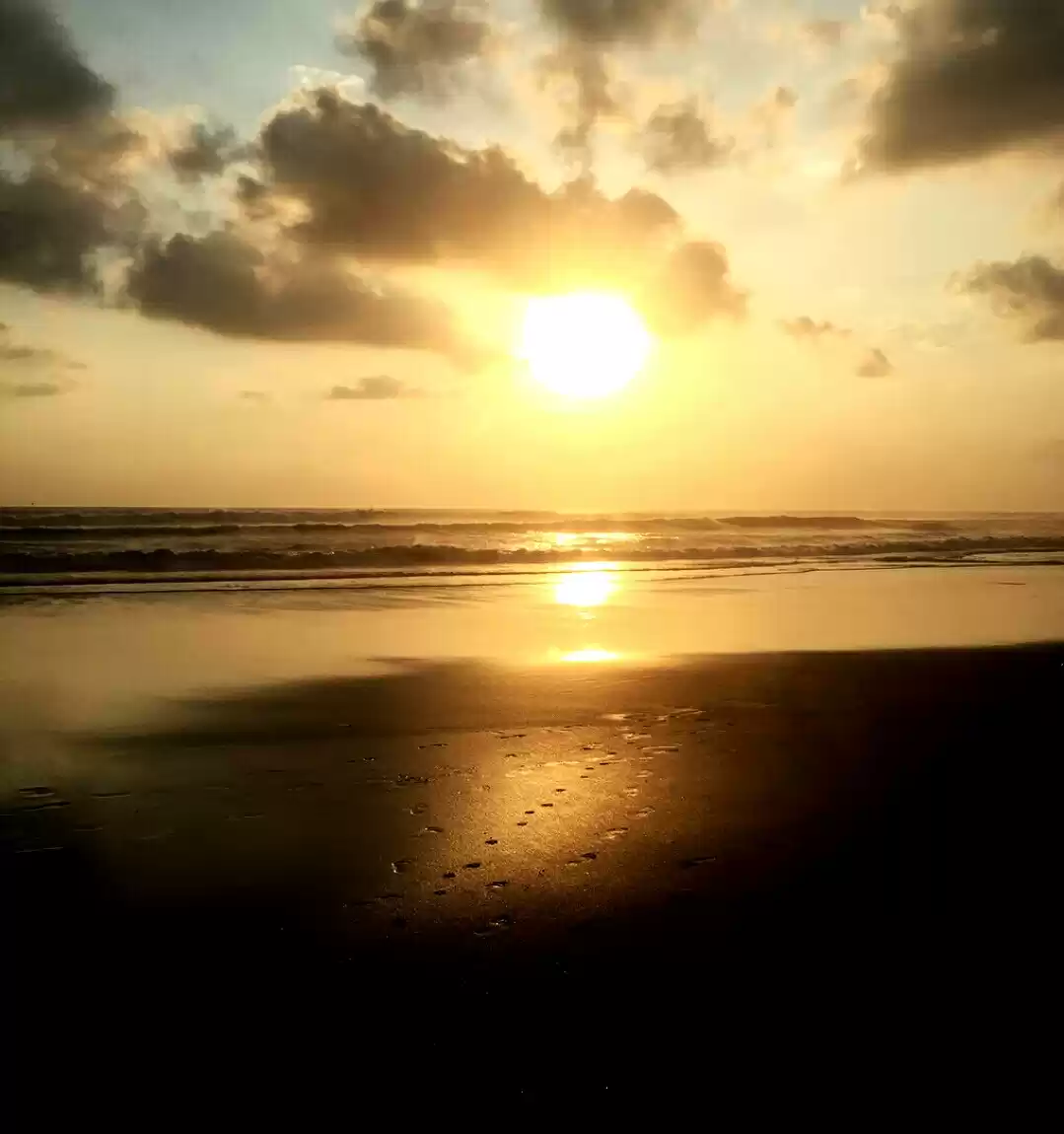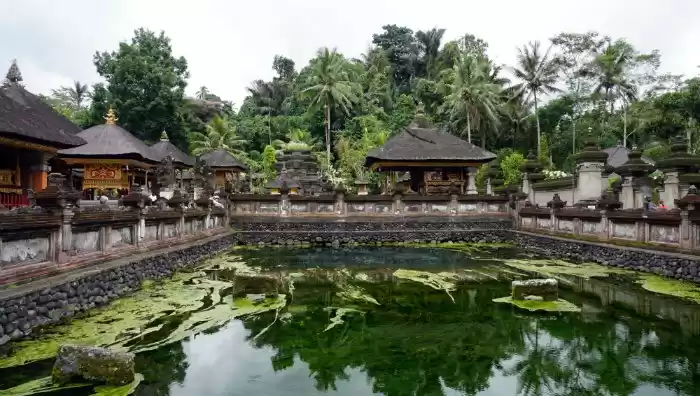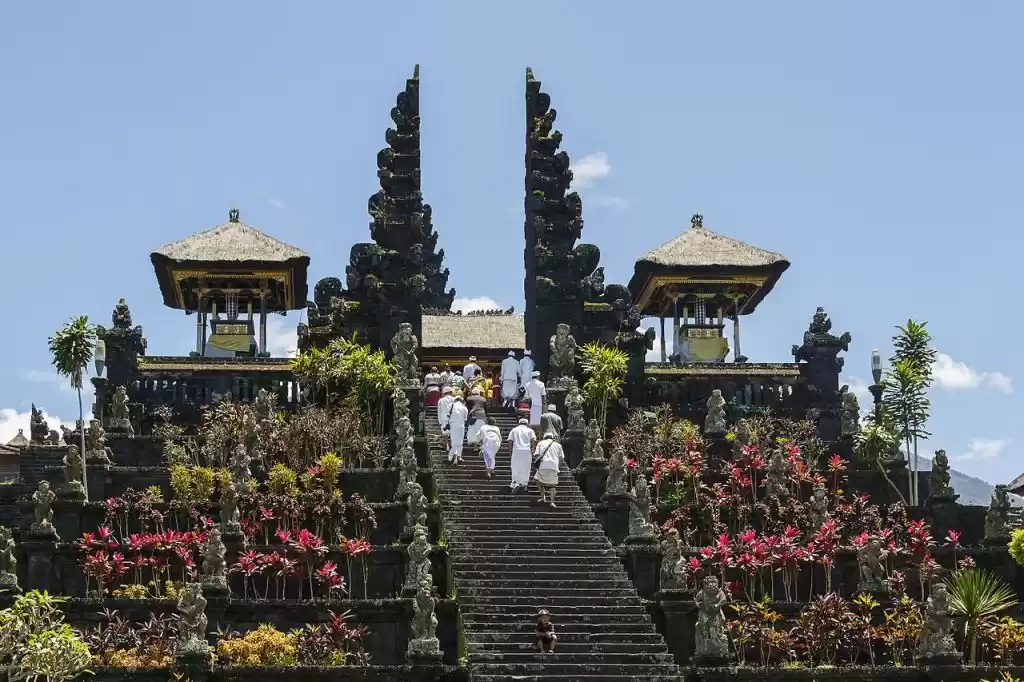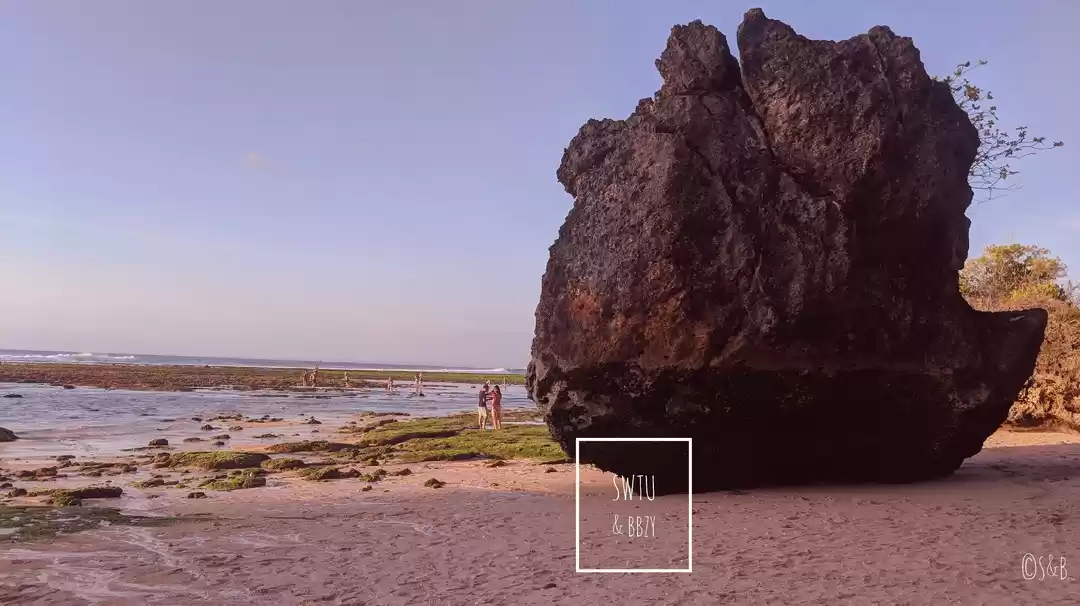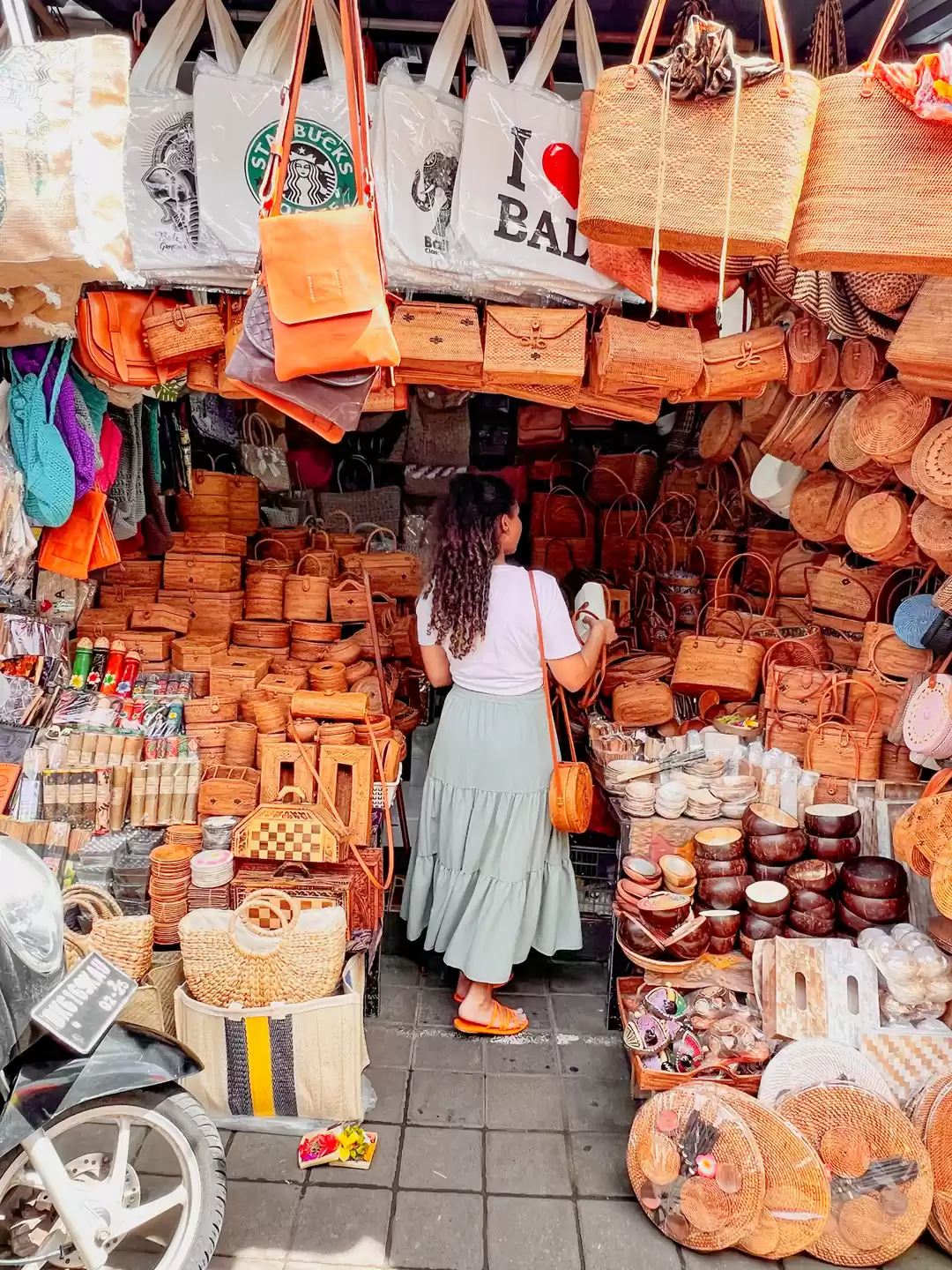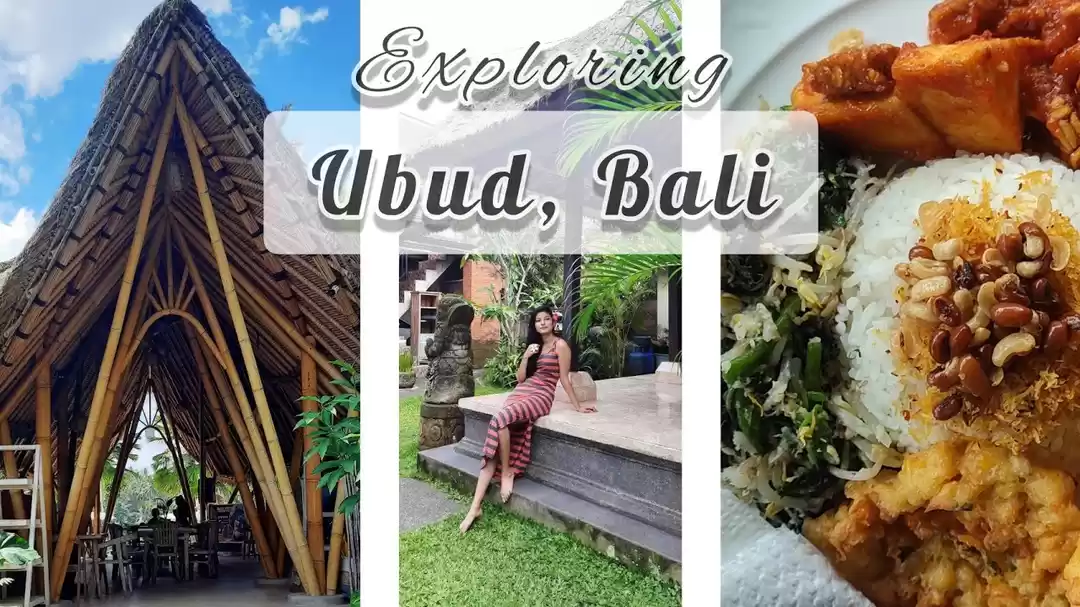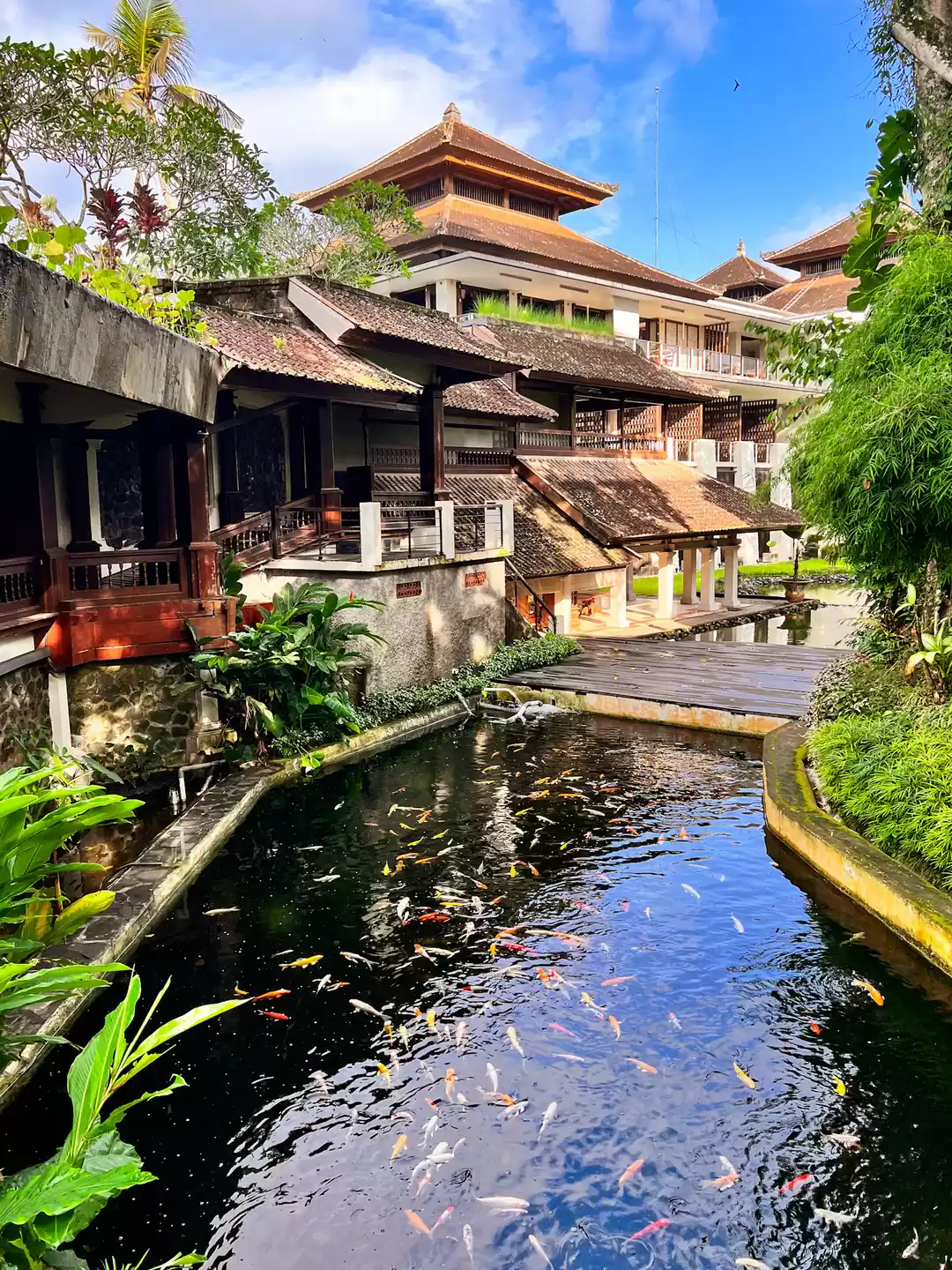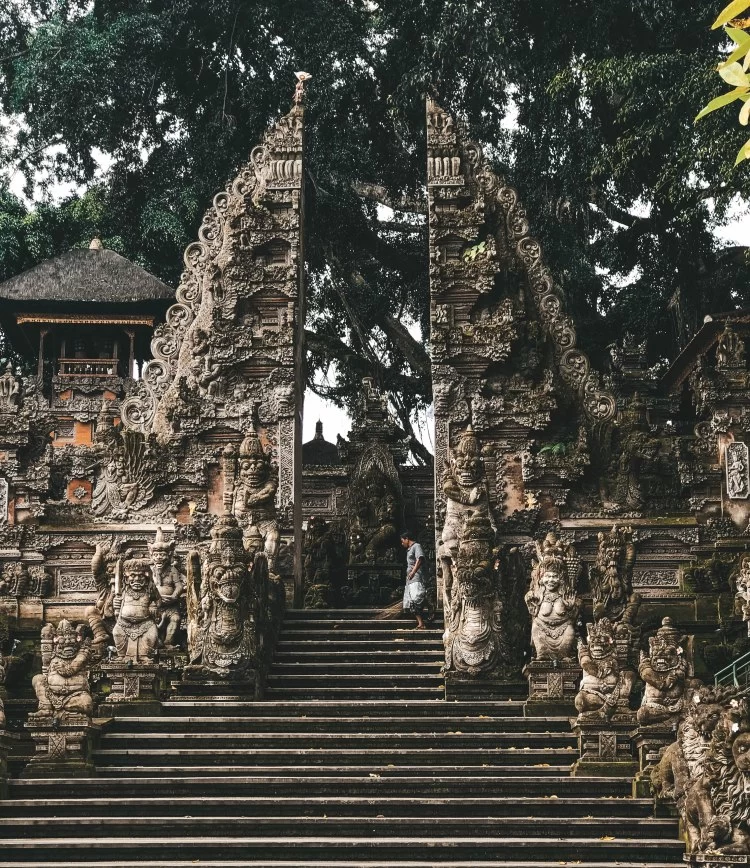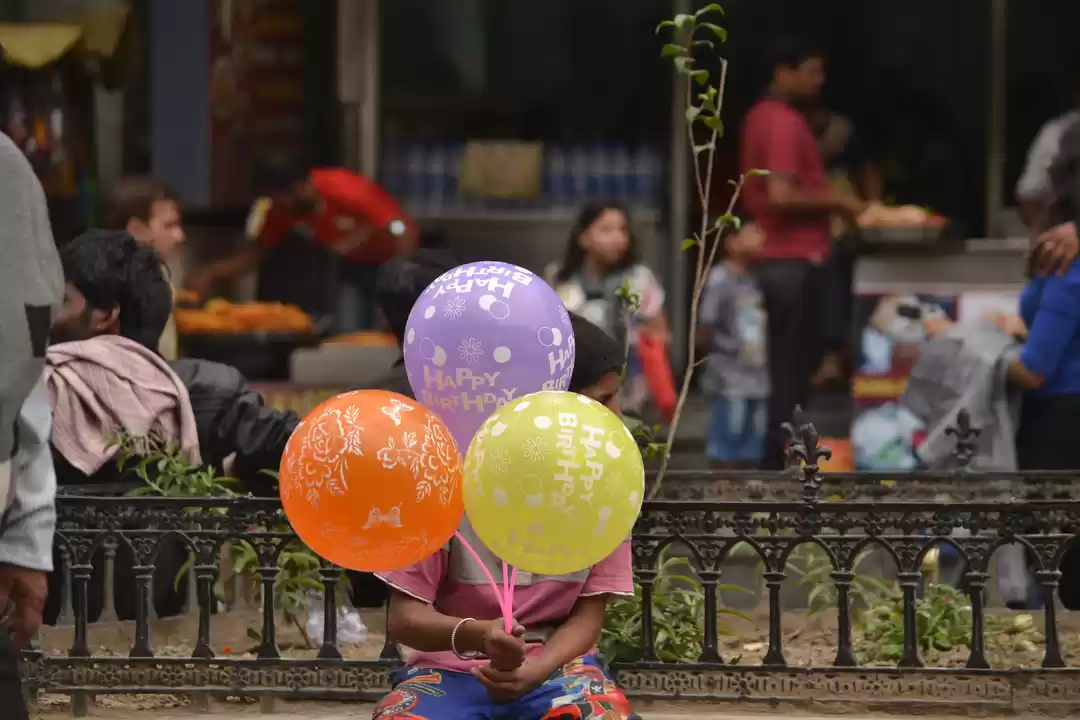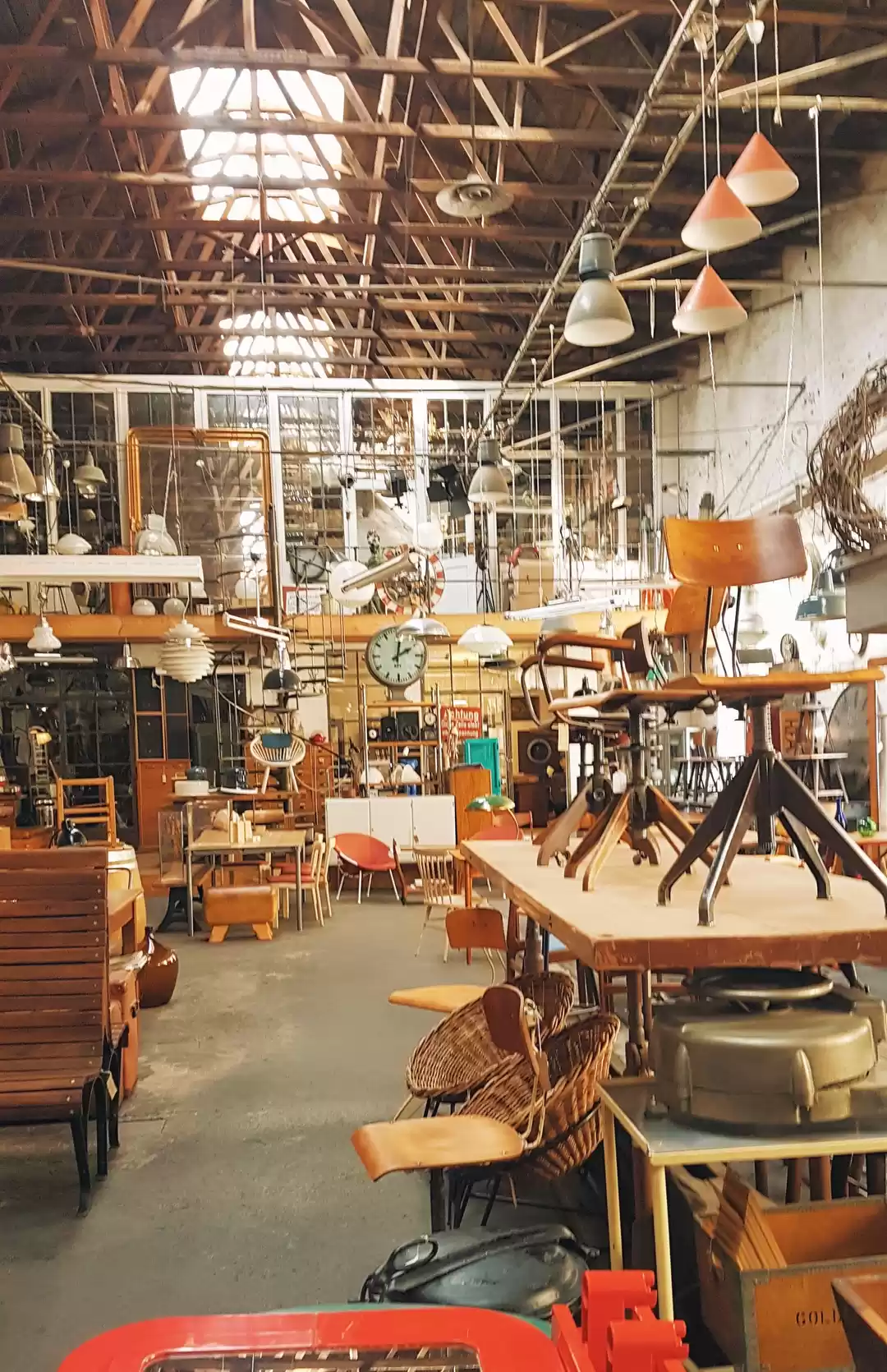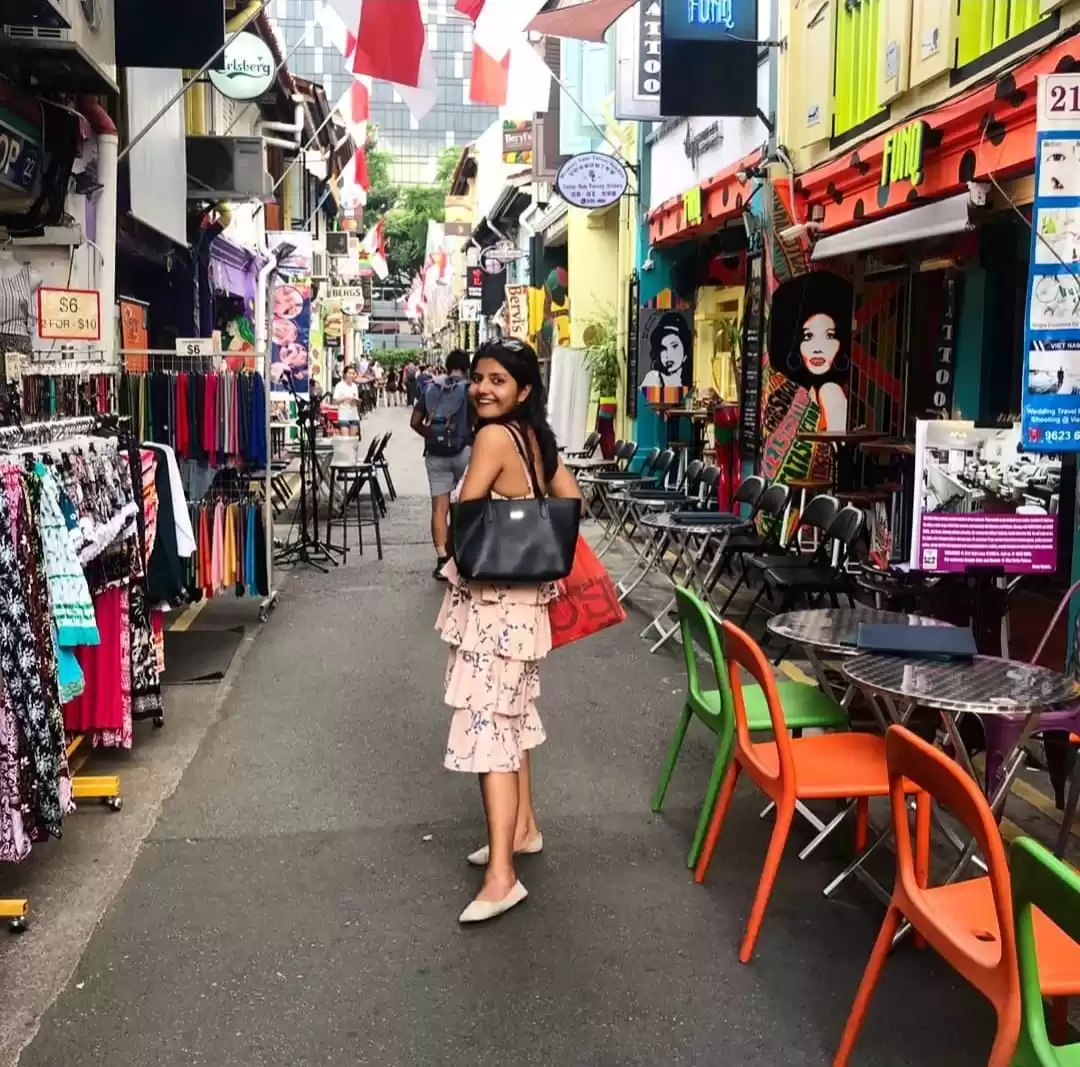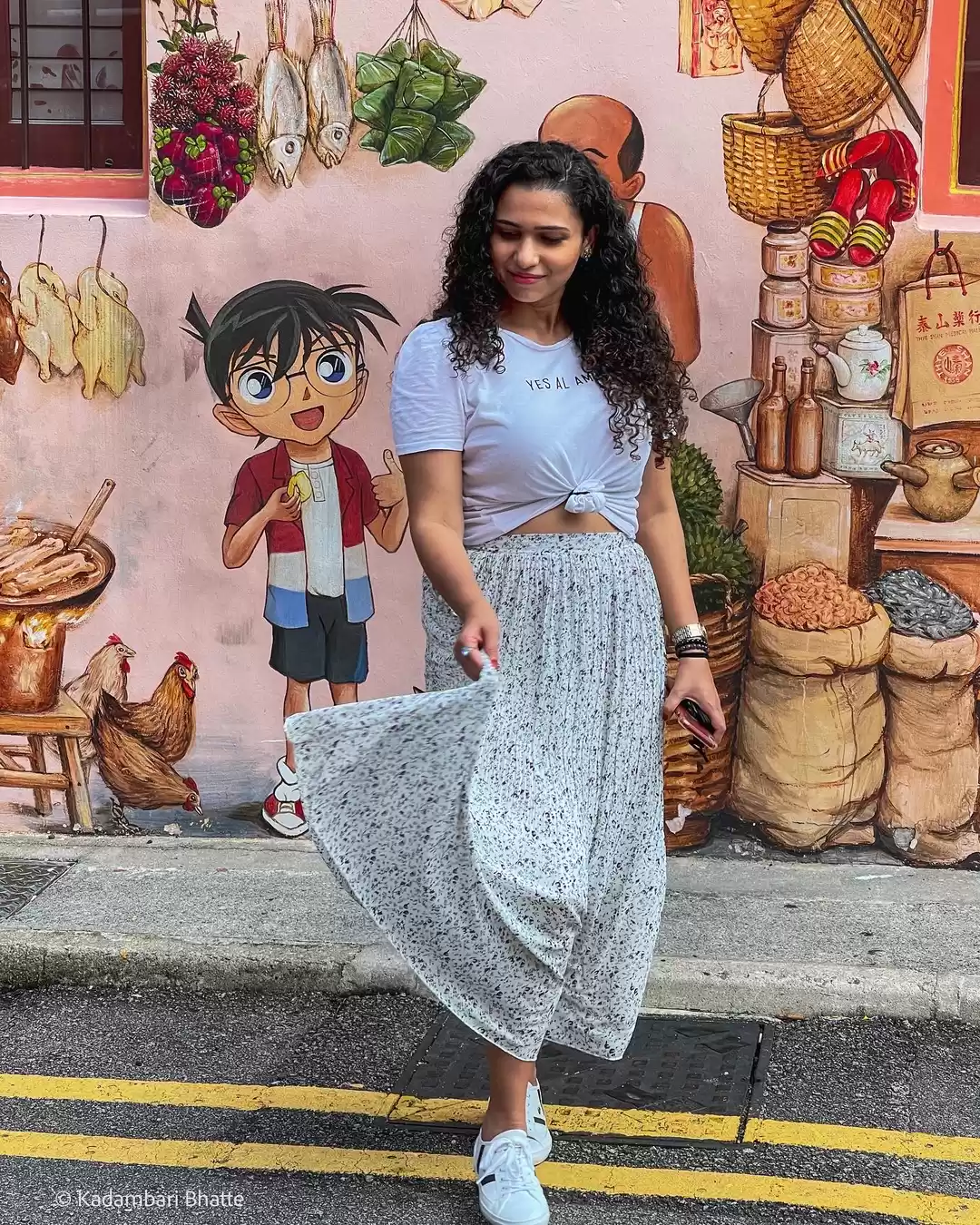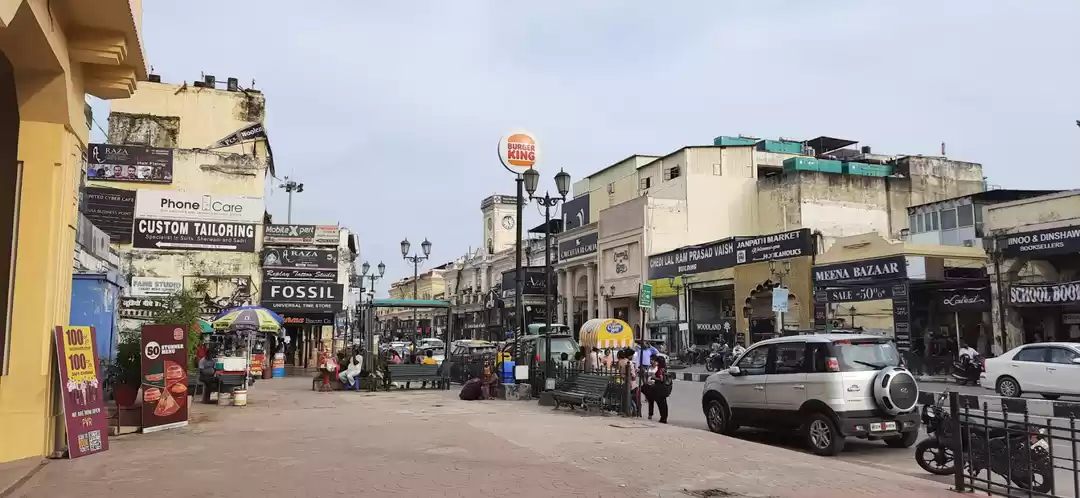If you are looking for a place to experience the rich and diverse culture of Bali, the Ubud Art Market is a must-visit destination. Located in the heart of Ubud, the market is a bustling and lively spot where you can find a variety of goods, from clothing and accessories to home decor and art, all made by local artisans and craftsmen. Whether you are looking for a souvenir, a gift, or a treat for yourself, you will surely find something that suits your taste and budget at the Ubud Art Market.
The Ubud Art Market is not only a shopping paradise, but also a historical and cultural attraction. The market has been around since the 1930s, and it is closely linked to the royal family of Ubud, who still own the land where the market stands. The market is also known as Pasar Seni Ubud, which means Ubud Art Market in Balinese, or Ubud Traditional Art Market, which reflects its role as a showcase of the local heritage and creativity.
The market gained worldwide fame after it was featured in the movie "Eat Pray Love", starring Julia Roberts, who visited the market and bought a traditional Balinese bag. Since then, the market has attracted millions of visitors from all over the world, who come to enjoy the vibrant and colorful atmosphere, and to bargain and haggle with the friendly and cheerful vendors.
In this article, we will guide you through everything you need to know about the Ubud Art Market, including how to get there, when to visit, what to expect, what to buy, and how to bargain. We will also share some tips and tricks on how to make the most of your visit, and some alternative or complementary activities to do in Ubud. Whether you are a solo traveler, a couple, a family, or a group, you will find something that interests you and satisfies your curiosity at the Ubud Art Market.
How to Get to the Ubud Art Market
The Ubud Art Market is located in the center of Ubud, on Jalan Raya Ubud, the main street that runs through the town. The market is easily accessible by various modes of transportation, depending on your preference and budget.
- By car:
If you have your own car or rent one, you can drive to the market and park in the designated parking area near the market. The parking fee is around 5,000 IDR (0.35 USD) per hour. However, be aware that the traffic in Ubud can be quite congested, especially during peak hours, so plan your trip accordingly.
- By motorbike:
If you are more adventurous, you can rent a motorbike and ride to the market. The rental fee is around 50,000 IDR (3.5 USD) per day, and you can park your motorbike in the parking area near the market for free. Riding a motorbike can be a fun and convenient way to explore Ubud and its surroundings, but make sure you wear a helmet and follow the traffic rules.
- By taxi:
If you prefer a more comfortable and hassle-free option, you can take a taxi to the market. The taxi fare depends on the distance and the traffic, but you can expect to pay around 100,000 IDR (7 USD) for a one-way trip from the airport to the market. You can use a metered taxi, such as Blue Bird, or a private taxi, such as Grab or Gojek, which are available through mobile apps. However, note that some taxi drivers may not be willing to use the meter or may charge a higher price, so negotiate the fare before you get in.
- By bus:
If you are on a tight budget, you can take a bus to the market. The cheapest and most popular option is the Kura-Kura Bus, which is a shuttle service that connects various tourist destinations in Bali. The bus fare is around 80,000 IDR (5.5 USD) for a one-way trip from the airport to the market. The bus stop is located near the market, and you can check the schedule and the route on their website or app.
- By shuttle:
If you want a more flexible and convenient option, you can take a shuttle to the market. The shuttle is a shared van that can accommodate up to 12 passengers, and it can pick you up and drop you off at your hotel or any other location you choose. The shuttle fare is around 60,000 IDR (4 USD) for a one-way trip from the airport to the market. You can book the shuttle online or through your hotel.
When to Visit the Ubud Art Market
The Ubud Art Market is open every day from 8 a.m. to 6 p.m., except on Nyepi, the Balinese New Year, when the market is closed. The best time to visit the market depends on several factors, such as the weather, the crowd, and the availability of goods.

Weather:
The weather in Ubud is generally warm and humid throughout the year, with an average temperature of 27°C (81°F). However, there are two distinct seasons: the dry season, which lasts from April to September, and the rainy season, which lasts from October to March. The dry season is the best time to visit the market, as the weather is more pleasant and sunny, and the rain is less frequent and intense. The rainy season is the worst time to visit the market, as the weather is more unpredictable and wet, and the rain can be heavy and prolonged. The rain can also affect the quality and quantity of the goods, as some vendors may not be able to display their products or may have limited stock.
Crowd:
The crowd in Ubud is generally high throughout the year, as Ubud is one of the most popular tourist destinations in Bali. However, there are some peak periods when the crowd is even higher, such as during the school holidays, the public holidays, and the festivals. The peak periods are the worst time to visit the market, as the market can be very crowded and chaotic, and the prices can be higher and the bargaining can be harder. The off-peak periods are the best time to visit the market, as the market can be less crowded and more relaxed, and the prices can be lower and the bargaining can be easier.
Availability of goods:
The availability of goods in the market is generally high throughout the year, as the vendors constantly replenish their stock and offer a wide range of products. However, there are some periods when the availability of goods is even higher, such as during the harvest season, the festive season, and the special events. The harvest season, which lasts from June to August, is the best time to visit the market, as the vendors offer more fresh and organic products, such as fruits, vegetables, spices, and herbs. The festive season, which lasts from December to January, is also a good time to visit the market, as the vendors offer more festive and decorative products, such as lanterns, candles, and ornaments. The special events, such as the Ubud Writers and Readers Festival, the Bali Spirit Festival, and the Bali Arts Festival, are also good times to visit the market, as the vendors offer more artistic and cultural products, such as books, paintings, and sculptures.
Some tips and tricks on how to make the most of your visit to the Ubud Art Market are:
- Visit the market early in the morning, preferably before 9 a.m., when the market is less crowded and the vendors are more eager to make their first sale of the day, which they believe will bring them luck and prosperity. You can also get better deals and discounts, as the vendors are more willing to negotiate and lower their prices.
- Visit the market late in the afternoon, preferably after 4 p.m., when the market is less crowded and the vendors are more keen to make their last sale of the day, which they believe will help them clear their stock and avoid losses. You can also get better deals and discounts, as the vendors are more flexible and generous with their prices.
- Avoid visiting the market on Sundays, when the market is more crowded and the vendors are more relaxed and less motivated to sell, as they believe that Sunday is a day of rest and worship. You can also expect higher prices and harder bargaining, as the vendors are more confident and stubborn with their prices.
- Explore the market thoroughly and compare the products and the prices of different vendors, as the market is divided into two sections: the east and the west. The east section is where you can find more traditional and authentic products, such as batik, wood carving, and silver jewelry, while the west section is where you can find more modern and trendy products, such as clothing, accessories, and souvenirs. The prices of the products can vary significantly depending on the quality, the quantity, and the location of the vendor, so make sure to shop around and bargain wisely before you buy anything.
- Bring enough cash and small change, as the market does not accept credit cards or other forms of payment, and the vendors may not have enough change for large bills. The currency used in the market is the Indonesian Rupiah (IDR), and the exchange rate is around 14,000 IDR to 1 USD. You can exchange your money at the airport, at a bank, or at a money changer, but make sure you get a receipt and count your money carefully, as some places may try to scam you or give you counterfeit notes.
- Dress comfortably and appropriately, as the market can be hot and humid, and the stalls can be crowded and narrow. Wear light and breathable clothing, such as a t-shirt and shorts, and comfortable shoes, such as sandals or sneakers. Avoid wearing jewelry or other valuables, as they may attract unwanted attention or get lost or stolen. Also, respect the local culture and religion, and cover your shoulders and knees when you visit the nearby temples or other sacred sites.
What to Expect and What to Buy at the Ubud Art Market
The Ubud Art Market is a place where you can expect to see, hear, smell, touch, and taste the essence of Bali. The market is a feast for the senses, as you can admire the colorful and intricate products, listen to the lively and cheerful chatter, smell the exotic and fragrant spices, touch the soft and smooth fabrics, and taste the delicious and fresh fruits. The market is also a place where you can interact with the locals, learn about their culture and traditions, and make some new friends.
The market is a place where you can buy almost anything you can imagine, as long as it is related to Bali. The products are divided into two main categories: the traditional and the modern. The traditional products are those that reflect the ancient and authentic Balinese culture and art, such as:
Batik:

Batik is a technique of dyeing fabric using wax and natural colors, creating unique and beautiful patterns. Batik is one of the most popular and iconic products in the market, and you can find various items made of batik, such as clothes, scarves, bags, tablecloths, and wall hangings. The prices of batik products range from 10,000 IDR (0.7 USD) to 200,000 IDR (14 USD), depending on the quality, the size, and the design.
Wood carving:

Wood carving is a skill of carving wood into various shapes and forms, such as animals, masks, statues, and furniture. Wood carving is one of the most impressive and artistic products in the market, and you can find various items made of wood, such as bowls, spoons, boxes, chess sets, and mirrors. The prices of wood carving products range from 20,000 IDR (1.4 USD) to 2,000,000 IDR (140 USD), depending on the quality, the size, and the complexity.
Silver jewelry:

Silver jewelry is a craft of making jewelry from silver, such as rings, earrings, necklaces, and bracelets. Silver jewelry is one of the most elegant and sophisticated products in the market, and you can find various items made of silver, some with gemstones, pearls, or shells. The prices of silver jewelry products range from 50,000 IDR (3.5 USD) to 500,000 IDR (35 USD), depending on the quality, the weight, and the design.
The modern products are those that reflect the contemporary and trendy Balinese culture and lifestyle, such as:
Clothing: Clothing is a product that consists of various types of clothes, such as dresses, shirts, pants, and skirts. Clothing is one of the most fashionable and practical products in the market, and you can find various items made of different materials, such as cotton, silk, or rayon, and with different styles, such as bohemian, ethnic, or casual. The prices of clothing products range from 10,000 IDR (0.7 USD) to 100,000 IDR (7 USD), depending on the quality, the size, and the brand.
Accessories: Accessories are products that consist of various types of items that complement or enhance your outfit, such as hats, sunglasses, belts, and scarves. Accessories are one of the most fun and versatile products in the market, and you can find various items made of different materials, such as straw, leather, or beads, and with different colors, shapes, and patterns. The prices of accessories products range from 5,000 IDR (0.35 USD) to 50,000 IDR (3.5 USD), depending on the quality, the size, and the style.
Souvenirs: Souvenirs are products that consist of various types of items that remind you of your visit to Bali, such as magnets, keychains, postcards, and stickers. Souvenirs are one of the most common and affordable products in the market, and you can find various items with different themes, such as Bali, Ubud, or Indonesia. The prices of souvenirs products range from 1,000 IDR (0.07 USD) to 10,000 IDR (0.7 USD), depending on the quality, the size, and the type.
How to Bargain and Get the Best Deals at the Ubud Art Market
The Ubud Art Market is a place where bargaining is not only acceptable, but also expected and encouraged. The bargaining process is a way of communicating and negotiating with the vendors, and it can be a fun and rewarding experience, if you know how to do it right. Here are some tips and tricks on how to bargain and get the best deals at the Ubud Art Market:
Know the market price:
Before you start bargaining, you should have an idea of how much the product you want to buy is worth, and how much you are willing to pay for it. You can do some research online, ask your hotel staff, or compare the prices of different vendors. A good rule of thumb is to start with half of the asking price, and work your way up until you reach a reasonable and fair price.
Be polite and friendly:
Bargaining is not a war, but a game, and you should treat the vendors with respect and courtesy. You should smile, greet, and compliment the vendors, and use some basic Balinese words, such as “selamat pagi” (good morning), “terima kasih” (thank you), or “saya suka” (I like). You should also avoid being rude, aggressive, or impatient, as this may offend or annoy the vendors, and ruin your chances of getting a good deal.
Be flexible and creative:
Bargaining is not a fixed or rigid process, but a dynamic and creative one, and you should be open to different possibilities and options. You can try to bundle several items together, ask for a discount for buying in bulk, or offer to pay in cash instead of credit card. You can also use some humor, charm, or flattery, to make the vendors more relaxed and generous. You should also be ready to walk away, if you feel that the price is too high or the vendor is too stubborn, as this may prompt them to lower their price or call you back.
Be happy and satisfied:
Bargaining is not a competition, but a cooperation, and you should aim for a win-win situation, where both you and the vendor are happy and satisfied with the deal. You should not be too greedy or stingy, as this may disrespect or exploit the vendors, and deprive them of their livelihood. You should also not be too regretful or doubtful, as this may spoil your enjoyment and appreciation of the product. You should be grateful and proud of your purchase, and thank the vendor and wish them well.
The Ubud Art Market is a place where you can find more than just products, but also stories, memories, and experiences. The market is a place where you can immerse yourself in the Balinese culture and art, and connect with the Balinese people and their way of life. The market is a place where you can have fun, learn, and discover, and leave with a smile on your face and a bag full of treasures.
If you are interested in visiting the Ubud Art Market, you can book a tour, a hotel, or a transport service through our website, or contact us for more information. You can also leave a comment or a review below, and share your thoughts and feedback with us.
Thank you for reading, and we hope to see you soon at the Ubud Art Market. Selamat berbelanja! (Happy shopping!)




